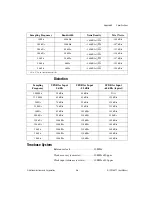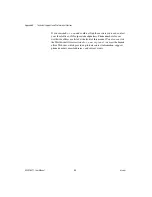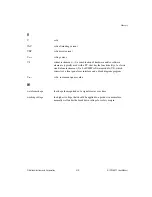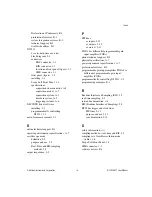
Glossary
©
National Instruments Corporation
G-3
clock
hardware component that controls timing for reading from or writing to
groups
CMRR
common-mode rejection ratio—a measure of an instrument’s ability to
reject interference from a common-mode signal, usually expressed in
decibels (dB)
counter/timer
a circuit that counts external pulses or clock pulses (timing)
coupling
the manner in which a signal is connected from one location to another
D
dB
decibel—the unit for expressing a logarithmic measure of the ratio of
two signal levels: dB = 20log10 V1/V2, for signals in volts
DC
direct current
default setting
a default parameter value recorded in the driver. In many cases, the default
input of a control is a certain value (often 0) that means
use the current
default setting
.
device
A plug-in data acquisition device, card, or pad that can contain multiple
channels and conversion devices. Plug-in devices, PCMCIA cards, and
devices such as the DAQPad-1200, which connects to your computer
parallel port, are all examples of DAQ devices. SCXI modules are distinct
from devices, with the exception of the SCXI-1200, which is a hybrid. The
NI 5911 is an example of a device.
differential input
an analog input consisting of two terminals, both of which are isolated from
computer ground, whose difference is measured
double insulated
a device that contains the necessary insulating structures to provide electric
shock protection without the requirement of a safety ground connection
drivers
software that controls a specific hardware instrument











































